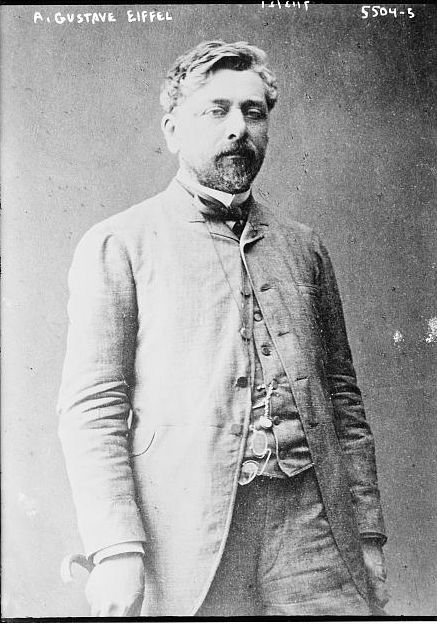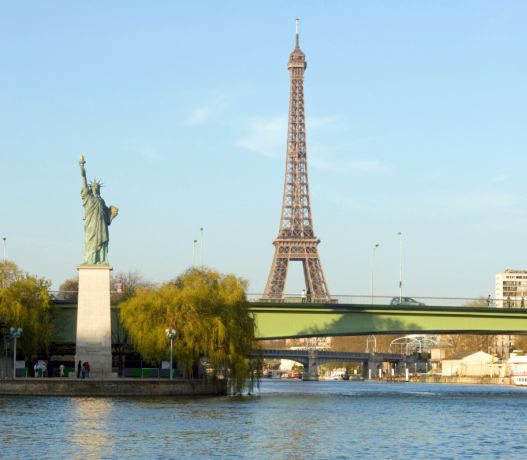Learn
|
Study the example of the French calendar below. Notice that the French calendar begins with Monday and the first letter in the name of the day is not capitalized. Click on a day of the week to hear it being pronounced in French.
Note: Using the word "le" before a day of the week expresses a repetitive or on-going action. Examples:
Use the audio controls below to listen to the months of the year being pronounced in French. Notice that just like the days of the week, the first letter in the name of a month is not capitalized in French.
When writing a date in French, the number is placed before the month. When you say "the fourth of July," you are using a French construction! The number 4 is placed before the month July. Study the following examples:
On the first of the month, the word premier is used rather than the word un. Have you ever attended a movie premiere? It is called the premiere because it is the first time the movie is being shown. Study the following examples:
Here are a few questions and answers that you can use when talking about the calendar.
Choosing a Design The French citizens were very excited about the 1889 World's Fair. A public contest was held in order to determine what their exhibit (the future Tour Eiffel) would look like. Numerous contest entries were submitted, and some were whimsical, while others were serious. The winning design was submitted by an engineer named Alexandre Gustave Eiffel. In 1879, Gustave Eiffel served as the engineer who designed and developed the framework for the Statue of Liberty, which was a gift from France to the United States. When building the Statue of Liberty for the U.S., the French built a second, smaller version of the Statue of Liberty, and they kept it for themselves. The statue is in Paris next to the Seine River, not far from La Tour Eiffel. As a show of friendship between the countries, the two statues were placed facing each other. The statue in New York faces France, and the French statue faces the United States.
References 2010, January 1). La Tour Eiffel. Retrieved April 16, 2014. Web. Aaseng, N. Alexadre Gustave Eiffel and the Eiffel Tower. Construction: Buiding the Impossible, 2000. Minneapolis: The Oliver Press, Inc. Eiffel Tower. (2011, January 1). History.com. Retrieved April 16, 2014, from http://www.history.com/topics/eiffel-tower
|
|||||||||||||||||||||||||||||||||||||||||||||||||||||||||||||||||||||||||||||||||||||||||

